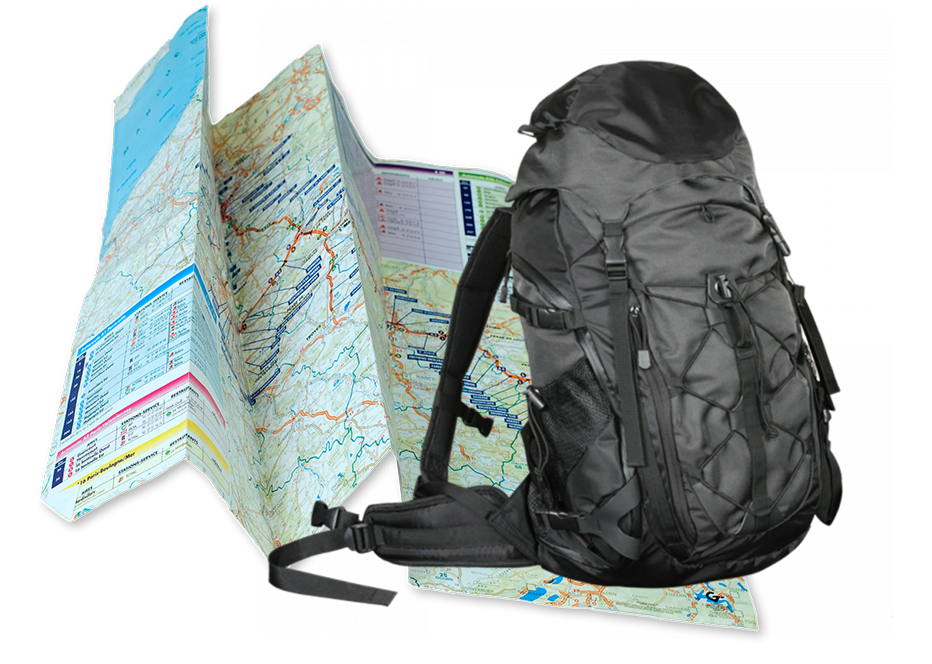Driving in Scotland is a very enjoyable experience, however there are several things to keep in mind to ensure you and other road users travel safely.
We’ve pulled together a list of recommendations based on our first-hand experience, from fuel and weather conditions, to single track roads and Scottish wildlife.
Fuel in Scotland can be more expensive than other European countries, however as the country is small you might use less fuel to travel around than you would in other countries.
All of Ariescapes’s motorhomes run on diesel. At fuel stations these are typically the black pumps (not green). Be sure to use the right pump!
If you accidentally fuel up with petrol instead of diesel, do not turn on the engine and call Fiat Camper Road Assistance on 00800 34281111
Scotland has plenty of fuel stations however in the Highlands, Islands, and rural areas there can be large distances between them. Be sure to factor fuel stops into your journey and check the fuel station’s opening times to ensure it isn’t closed when you need it.
Most fuel stations in Scotland are self-service and many of them offer ‘pay at pump,’ using credit or debit card.
In the UK, speed limits are displayed in miles per hour (mph):
Please be aware that fixed, average and mobile speed cameras may be positioned on many roads.
Drive to the road conditions. Many rural roads cannot be driven safely at the full speed limit.
Since the Scottish Government abolished tolls in 2008, there are no longer any toll roads or toll bridges in Scotland.
Knowing the rules of the road is essential for a campervan hire in Scotland.
Scotland is famous for its unpredictable weather. We highly recommend checking the weather and road conditions before embarking on a long drive – especially through the Cairngorms. For up-to-date information about roads and driving conditions in Scotland visit Traffic Scotland. When it comes to weather in Scotland – expect the unexpected!
Parking is allowed wherever you see a blue sign marked with a white ‘P.’ Passing places are not designed for parking – so avoid using them for long stays.
Double yellow lines mean no parking at any time. Double red lines mean no stopping at any time. Single yellow lines mean parking restrictions apply. Single red lines mean stopping restrictions apply. Look for additional signage for details.
It is permissible to park on the street unless indicated otherwise. Be sure to check for permit parking, loading, pay and display, or other restrictions first.
Do not park or camp in Passing Places, these are only meant for overtaking on single track roads. Ensure to make use of these to let faster traffic pass you to keep the flow of traffic optimal at all times.
Please refer to the official guide for more details.
Always drive on the left in Scotland. Pay extra attention at junctions, crossroads and roundabouts.
If you are more familiar with driving on the right, check your road position occasionally. Take care on roads which are narrow, winding and switch from single carriageway to single track without warning.
The UK Government has a helpful tool to guide you as to whether your driving license is valid in Great Britain (England, Wales and Scotland).
Scotland is full of roundabouts. The rules are simple. Always turn left onto a roundabout and give way to traffic approaching from the right. Some roundabouts have traffic lights, including on the roundabout.
Roads are generally in good condition in Scotland however some are plagued by potholes and disintegrating edges.
Roads can be narrow and winding, particularly in more remote areas, and some bridges are only wide enough for one car at a time. Check for right of way signs and exercise caution.
Be careful when approaching blind summits and corners, or hidden dips, as there may be oncoming traffic, slow moving vehicles or animals on the road.
Please familiarise yourself with UK road signs so you are aware of potential hazards.
Single track (one lane) roads are very common in rural areas, especially in the Scottish Highlands.
If you want to let a vehicle pass you, pull into one of the passing places on your left (these are often marked by white ‘passing place’ signs, but not always).
If the closest passing place is on your right and you reach it first, stop on the left side of the road (opposite the passing place) to let the vehicle pass on the right.
Give way to vehicles coming uphill when possible and if necessary, reverse until you reach a passing place to let the other vehicle pass.
In Scotland it is customary to give a friendly ‘thank you’ wave or flash of your lights if another car has let you pass.
You should expect to encounter animals on Scotland’s roads. Deer can be especially dangerous and are known to jump in front of vehicles, causing extensive damage.
Sheep are common on rural roads and will generally disperse if you approach slowly. Some parts of Scotland have warning signs for squirrels or frogs on the road. Follow these recommendations for your safety:
In the event of a collision with a deer (involving your vehicle or another):
It is worth noting that many rural areas in Scotland have no mobile phone signal, so check your provider’s coverage before you travel.
DISCLAIMER: This article has been produced for guidance only and does not constitute advice. Copyright © 2022 Ariescape

Our experienced team can help to find the perfect adventure for you and your family.
If you have any further questions not answered here please contact us, or to start your adventure book now and one of our team will be in touch.